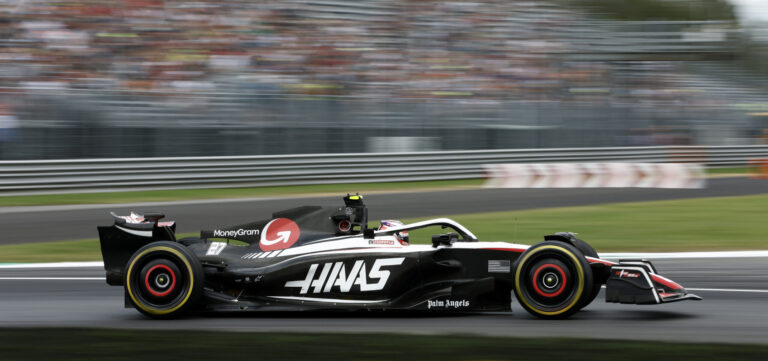The news of Lewis Hamilton joining Scuderia Ferrari in 2025 is making headlines; however, many are still wondering if this move makes complete sense. Setting aside the sporting aspect, as time will tell and Sir Lewis' performance will likely be defined by the quality of the machinery provided, it's equally important to focus on the commercial and marketing rationale behind this decision. Imagining F1 drivers as marketing powerhouses is crucial in the context of the sport's increasing commercialization.
In recent years, Formula 1 has emerged as one of the most commercialized sports globally, with teams and drivers seeking ways to capitalize on franchise growth. And even Ferrari aims to explore these avenues.
 Among all Formula 1 drivers, Lewis Hamilton stands out as the first, and perhaps still the only one, to become an icon beyond the racing world. He has participated in fashion shows, ventured into music, and associated himself with Hollywood's elite. When Tommy Hilfiger became a partner of the Mercedes F1 team, there was already a collaboration with Lewis Hamilton. For many other lifestyle partners of the team, the access and affiliation with the seven-time world champion was crucial.
Among all Formula 1 drivers, Lewis Hamilton stands out as the first, and perhaps still the only one, to become an icon beyond the racing world. He has participated in fashion shows, ventured into music, and associated himself with Hollywood's elite. When Tommy Hilfiger became a partner of the Mercedes F1 team, there was already a collaboration with Lewis Hamilton. For many other lifestyle partners of the team, the access and affiliation with the seven-time world champion was crucial.
Hamilton, with his distinctive style and outspoken advocacy for social and environmental issues, has successfully crafted a brand extending beyond the racetrack. This personal brand becomes an asset for the team, drawing attention and interest not only from motorsport enthusiasts but also from a diverse audience.
So, what does this move mean for both Hamilton and Ferrari?
Hamilton, approaching 40 and likely to retire in the next 2-3 years, is understandably considering his post-racing career. Ferrari offers more than Mercedes in this regard. Being a Ferrari ambassador will position him as the representative of the world's most acclaimed brand, opening the major doors in show business and propelling his career beyond the racing world.
On the other hand, Ferrari is expanding its target audience beyond the traditional base, exemplified by the production of its first SUV, the Ferrari Purosangue, following a strategy initially implemented successfully by Lamborghini with the Urus. Ferrari is also striving to grow as a lifestyle and fashion brand. This is evident in the launch of its own clothing and accessory line through its Brand Diversification division.
 Considering these aspects, it's evident that Lewis Hamilton can help the Prancing Horse extend its reach beyond racing and car enthusiasts, engaging with a more diverse and lifestyle-oriented audience.
Considering these aspects, it's evident that Lewis Hamilton can help the Prancing Horse extend its reach beyond racing and car enthusiasts, engaging with a more diverse and lifestyle-oriented audience.
In conclusion, Formula 1 drivers, especially exemplified by figures like Lewis Hamilton, have become instrumental in their teams' marketing strategies. Through personal branding, social media engagement, charitable initiatives, on-track success, and global appeal, drivers serve as powerful ambassadors for sponsors. The symbiotic relationship between drivers and teams, coupled with the global reach of Formula 1, creates a compelling narrative that extends beyond the race circuit, making the sport a thriving marketing ecosystem where drivers play a pivotal role.
This is original editorial content from Drive Sports Marketing, an agency specialising in Formula 1 sponsorship, Formula E sponsorship, MotoGP sponsorship, and WEC sponsorship.







